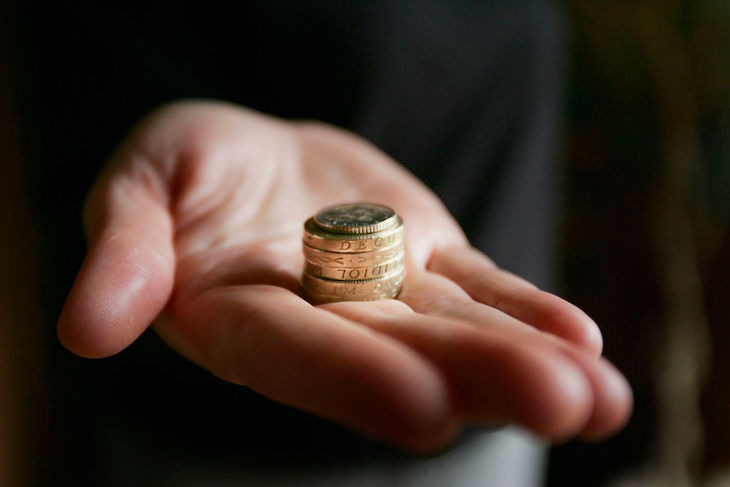More than half of Britons receive more from the state than they pay in taxes, according to figures from the Office for National Statistics. The proportion of those receiving more through benefits than they paid in taxes last year fell slightly to 52.6 per cent, down a percentage point compared with the year before. The data – which factors in use of public services, such as schools and the NHS, as well as welfare payments and benefits – highlights the fundamental problem underlying the British state: how do we support a population that is aging, getting ill and becoming increasingly workshy?
As you’d expect, more than 85 per cent of pensioners are so-called net recipients who take more from the state than they put in. But alarmingly, more than four in ten working-age Britons are net recipients too. If that proportion continues to grow, the size of the state and the services it provides will become increasingly difficult to maintain and fund.
Ballooning welfare costs are in large part driven by sickness benefits. Earlier this week, it was revealed that disability benefit claims remain at an all-time high, with the majority of claims being brought about by ‘psychiatric disorders’ and ‘musculoskeletal’ conditions.
Things are likely to only get worse with benefits caseloads and spending forecast to surge over the next five years. The number of over 85s in the population is expected to double by the mid 2040s.
Meanwhile, the ONS found that the average income of the richest fifth of the country was 11.6 times higher than the poorest fifth – though, when taxes and benefits are factored in, the gap shrinks to just 3.4 times. Income inequality also decreased year-on-year, which the ONS credited the tax and benefits system for. Britain’s poorest fifth saw their inflation-adjusted income increase by 9 per cent, which the ONS said was largely due to bumper pay increases seen in the year to March 2023. At the same time, the richest fifth saw their real-terms income decrease by over 10 per cent.
The narrowing inequality gap may not be as positive as it seems, though. Tom Waters from the Institute for Fiscal Studies told the Telegraph: ‘Year-to-year changes in income inequality can be quite volatile. Stepping back, the official measure of income inequality shows little change since the early 1990s.’







Comments